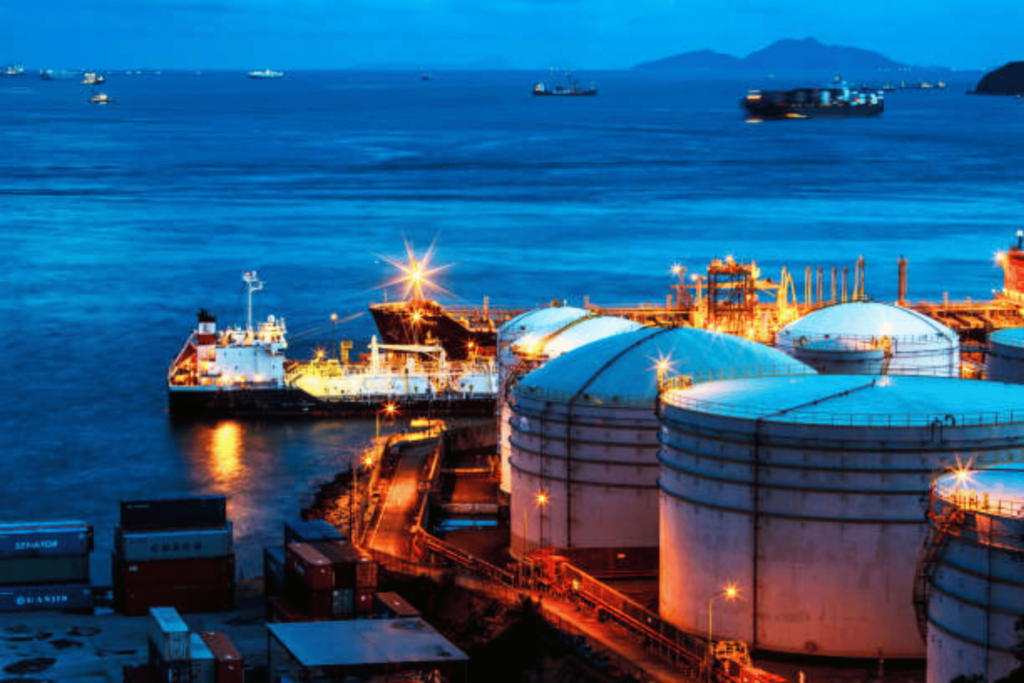LNG Fire Hazard and Incident Management
Curriculum Description
The LNG Fire Hazard and Incident Management course is designed to provide participants with an understanding of the hazards and risks associated with liquefied natural gas (LNG) and how to effectively manage and respond to incidents involving LNG. The course covers topics such as LNG properties and behavior, LNG fire hazards, and LNG incident management strategies. Participants will learn how to assess and mitigate the risks associated with LNG and how to respond to incidents in a safe and effective manner. The course is suitable for professionals who work with LNG, such as plant operators, emergency responders, and safety professionals.
Suitable Participant
The LNG Fire Hazard and Incident Management course is suitable for professionals who work with liquefied natural gas (LNG), such as plant operators, emergency responders, safety professionals, and anyone involved in the transportation, storage, or handling of LNG. The course is also relevant for individuals who want to gain a better understanding of the hazards and risks associated with LNG and how to effectively manage and respond to incidents involving LNG.
Curriculum Outline
- Introduction to LNG and the LNG industry
- LNG properties and hazards
- LNG terminal design and operation
- LNG storage tanks and vessel design and operation
- LNG fire hazards and fire protection systems
- LNG spill hazards and spill response
- Emergency response planning and incident command system
- Communication and coordination during an LNG incident
- Safety considerations for LNG personnel and emergency responders
- Case studies of LNG incidents and lessons learned
Curriculum Duration
This fire safety course is designed to be completed over the course of 2 days, with each day consisting of x hours.
Course Outcome:
Understand the Liquefied Natural
Gas (LNG)
Describe modes of LNG transportation and the use of LNG as a fuel
Identify the basic considerations
concerning LNG containers
Identify the appropriate incident objectives for a safe and effective response

LNG Fire Hazard and Incident Management
Curriculum Description
The LNG Fire Hazard and Incident Management course is designed to provide participants with an understanding of the hazards and risks associated with liquefied natural gas (LNG) and how to effectively manage and respond to incidents involving LNG. The course covers topics such as LNG properties and behavior, LNG fire hazards, and LNG incident management strategies. Participants will learn how to assess and mitigate the risks associated with LNG and how to respond to incidents in a safe and effective manner. The course is suitable for professionals who work with LNG, such as plant operators, emergency responders, and safety professionals.
Target Group
The LNG Fire Hazard and Incident Management course is suitable for professionals who work with liquefied natural gas (LNG), such as plant operators, emergency responders, safety professionals, and anyone involved in the transportation, storage, or handling of LNG. The course is also relevant for individuals who want to gain a better understanding of the hazards and risks associated with LNG and how to effectively manage and respond to incidents involving LNG.
Course Outline
- Introduction to LNG and the LNG industry
- LNG properties and hazards
- LNG terminal design and operation
- LNG storage tanks and vessel design and operation
- LNG fire hazards and fire protection systems
- LNG spill hazards and spill response
- Emergency response planning and incident command system
- Communication and coordination during an LNG incident
- Safety considerations for LNG personnel and emergency responders
- Case studies of LNG incidents and lessons learned
Course Duration
This fire safety course is designed to be completed over the course of 2 days, with each day consisting of x hours.

Understand the Liquefied Natural
Gas (LNG)
Describe modes of LNG transportation and the use of LNG as a fuel
Identify the basic considerations
concerning LNG containers
Identify the appropriate incident objectives for a safe and effective response